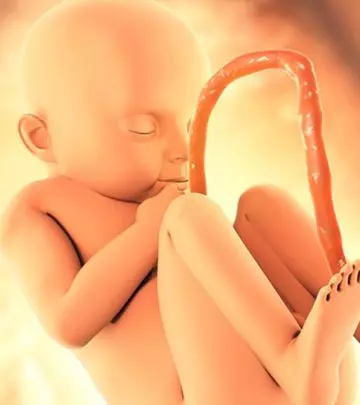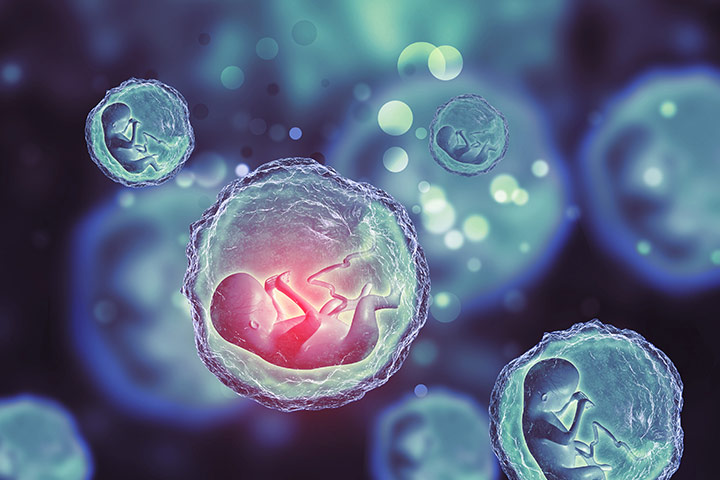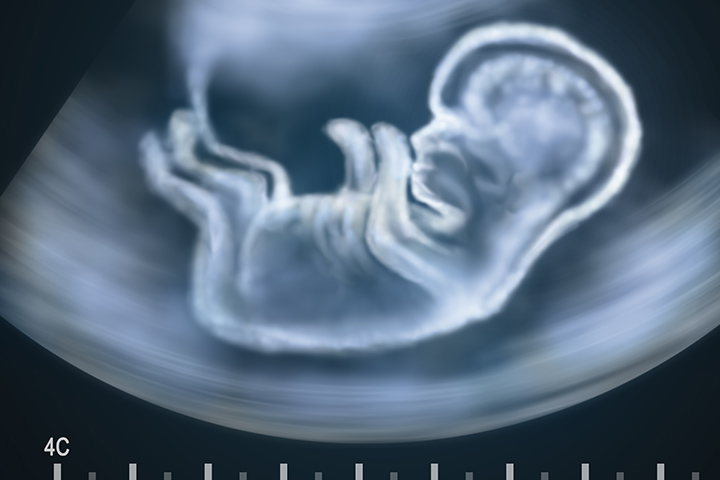
Image: Shutterstock
How is life before one is born? Isn’t that a big mystery? As a mother, your primary focus at the time is to ensure your little one’s well-being. All a soon-to-be mom wants is to hold her happy and healthy baby in her arms when the big day arrives. But, have you ever wondered how it is like for your baby inside your belly? Of course, you have!
This may come as a surprise to you but your little infant can experience the outer world much more than you can imagine. As you move further along the pregnancy, your baby begins to recognize your voice. And, in fact, has already begun to love you. But, do you know how your baby breathes when he/she is inside your womb?
How Does Your Little One Breathe Before Birth?
This question crosses the mind of almost all parents. You already know that your infant needs oxygen. Since the baby technically can’t breathe due to the amniotic fluid’s protective cushioning surrounding him/her, the curiosity is more to do with the “how” aspect of it. Amniotic fluid is present in the uterus’s amniotic sac; it surrounds the baby providing protection from any physical harm.
Before the baby is born, his/her lungs don’t function in the manner it does post the birth. When inside your womb, the amniotic fluid fills the baby’s lungs as a result of the surrounding fluid. Are you wondering how your baby is breathing then? Don’t forget about the miracles your body is capable of. This “breathing” is pretty different from the way we understand this term. The little one gets his/her oxygen with the help of the breathing that you do.
The umbilical cord and placenta are the essential organs that ensure your baby gets everything he/she needs from you for the growth and development. And, this list includes the vital oxygen too. With every breath you take in, oxygen enters the bloodstream. And, then the reliable placenta helps carry this oxygen to the little infant.
Does The Baby Practice Breathing In Your Womb?
The developing baby may begin to breathe in some of the amniotic fluid during the 10th and 11th week of pregnancy. The inhalation mentioned here is more similar to a swallowing movement. This motion helps in the development of the baby’s lungs. And, by the week 32 of gestation, the little one can start practicing “breath-like” movements (1). This one will be less similar to swallowing and would instead involve expansion and compression of lungs.
Your baby’s lungs may have completely developed inside the womb but he/she will still inhale the oxygen for the first time after birth. The breathing inside involves the inhalation and exhalation of amniotic fluid. Don’t worry, inhaling the amniotic fluid will not harm your little one. After all, it is his/her living atmosphere. So, the placenta along with the umbilical cord help your baby get its required oxygen while your baby has fun practicing.
The start of this breathing practice marks a milestone in the baby’s development. And, sets him/her up for success when the little one cries for the first time. At the 35th week of gestation, a baby’s lungs are almost fully developed (2). By this time, he/she has already practiced this art for almost four weeks.
While the transition can be difficult due to the shift from amniotic fluid to oxygen, the crying helps your little one take in his/her first breathe of oxygen. While your baby’s lungs would have developed and become fully ready to take him/her through life, the respiratory organs will continue to grow even after birth.
Our body works mysteriously and this is yet another proof of it. We, at MomJunction, hope that we were able to answer all your questions and satisfy the “soon-to-be mother” curiosity. Happy pregnancy-hood!














